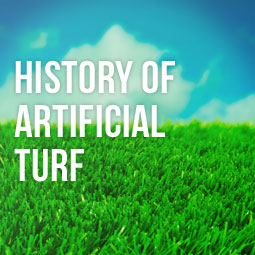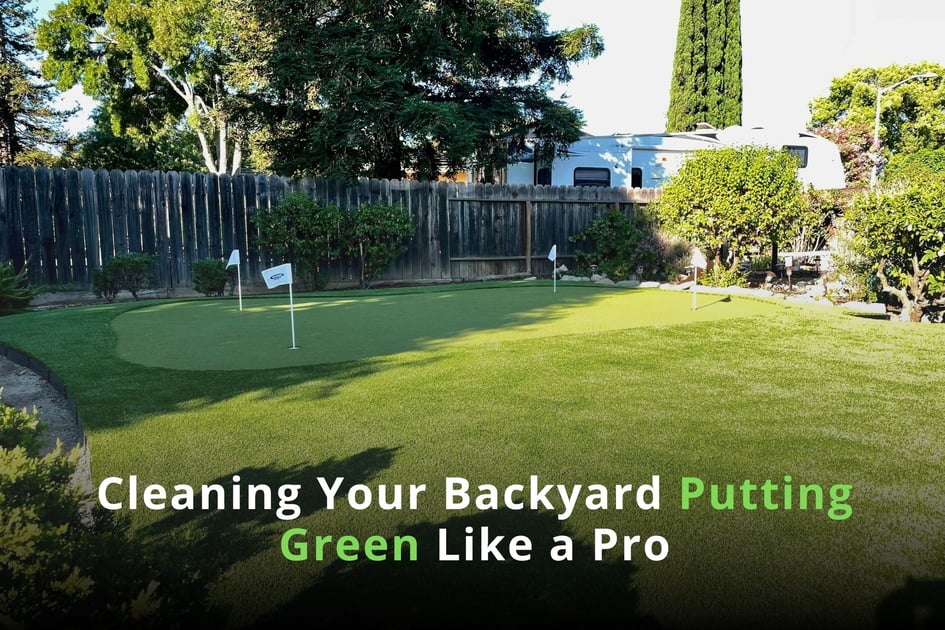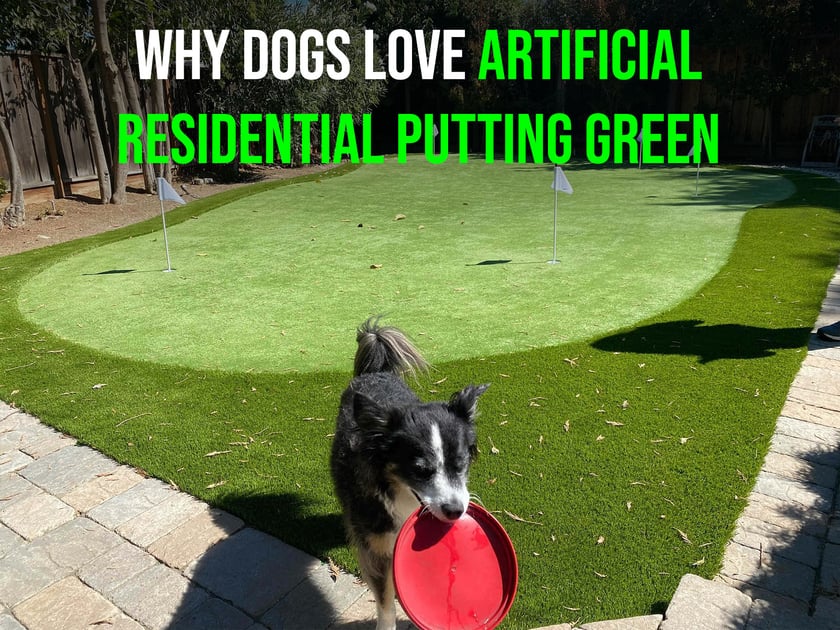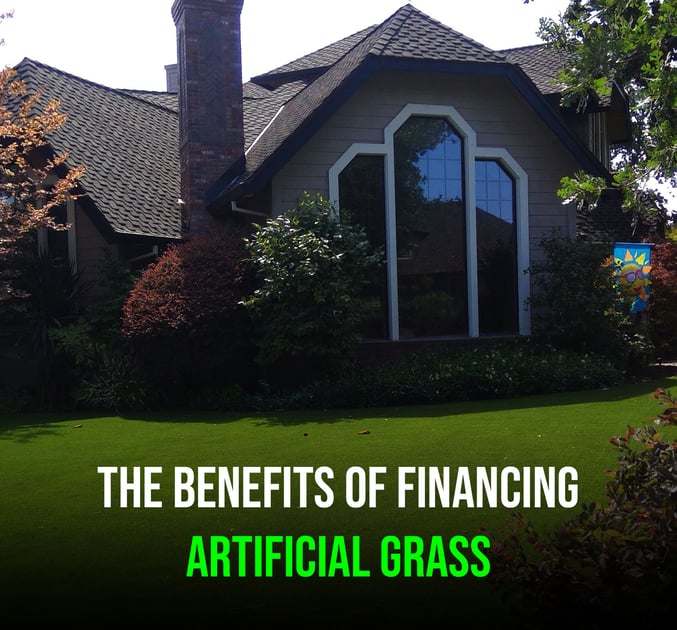 If you’re young enough, you won’t remember a time when there was no artificial turf. If you’re older, though, you recall Astroturf – that amazing new invention that introduced us to fake grass. A “high tech” marvel of its time, Astroturf was created for another engineering marvel, the brand new Houston Astrodome.
If you’re young enough, you won’t remember a time when there was no artificial turf. If you’re older, though, you recall Astroturf – that amazing new invention that introduced us to fake grass. A “high tech” marvel of its time, Astroturf was created for another engineering marvel, the brand new Houston Astrodome.
Built in 1965, the Astrodome was the nation’s first covered stadium. It was built with a transparent ceiling, to accommodate the grass on the baseball and football fields. Alas, the sunlight interfered with the players’ vision, so the dome was darkened. And that created a new problem. Grass cannot grow in the dark. Scientists came up with the ideal solution: fake grass that wouldn’t require sunlight.
Emphasis on the fake
Astroturf was a thin, unyielding carpet made of nylon fibers. Perhaps your Aunt Myrtle used it to cover her back porch steps. Some folks thought that was very stylish and au courant at the time. But Astroturf was not pretty, nor was it comfortable to walk or play on.
A few years after Astroturf was introduced, the Europeans created a different version made of polypropylene instead of nylon. This product was better for athletic play because it was softer and more comfortable underfoot. Happily, it was also cheaper. But it was still obviously fake, in every way.
Second generation artificial turf brought improvements that made the grass more life-like. The fibers were longer, and sand was spread among them to improve stability and footing. This new synthetic turf was used to transform many an athletic field. But scientists continued to contemplate ways to further enhance both the performance characteristics and the aesthetics of artificial grass.
Their efforts paid off, and what we have now is a far cry from both the original Astroturf and second generation products.
So is it faux, or is it real?
With today’s artificial turf, you might easily be confused. Third generation synthetic grass easily passes for the real thing, even up close. Under bare feet as well as under the feet of professional athletes. In many ways, artificial turf is a lot better. It’s just as pretty and healthy as perfectly maintained natural grass. It’s far less work than attempting to achieve that elusive perfect grass yourself. And it’s a money-saver, thanks to zero consumption of water and chemicals.
The latest grass products are made primarily from polyethylene instead of polypropylene. Individual grass blades are taller than before, and infill includes tiny granules of ground, recycled rubber as well as sand. The result is much more stable and comfortable than ever. Even better, the grass is fluffier and life-like. No wonder home owners began to eye artificial turf enviously. If only their lawn could look that good!
And, as we now know, your lawn can look that good
Today’s artificial turf doesn’t care about the weather or the season. It’s tough enough to stand up to the NFL, which means it’s tough enough to stand up to your rambunctious family. Including those pesky dogs. And those taller grass blades we mentioned earlier? You can get short-bladed artificial turf with no infill, too. That’s why backyard putting greens and bocce courts have proliferated here in the Bay Area.
However, there is one important caveat: artificial turf may now have a dramatically better reputation, but not all products or companies offer superior quality. Or a superior range of product options. That’s why you should choose a company that has an equally superior reputation. May we suggest Heavenly Greens? We know you’ll love the results.
You won’t get any exercise maintaining your artificial turf lawn. No, you’ll just have to play on it instead. How real can you get?












